Violence is tearing Mali and the Sahel apart. But who are the armed groups behind the bloodshed? Where are international actors stationed in the region? And what motivates them all? This project maps jihadist and non-jihadist groups and pinpoints the presence of external actors in the region as of May 2019.
The United Nations (MINUSMA)
MINUSMA, established in April 2013, contains more than 15,000 soldiers and police officers. The UN initially created the mission to keep the peace in Mali’s northern regions, but its operations have expanded toward Mopti and elsewhere in central Mali as insecurity in these regions has grown. MINUSMA is a guarantor of the 2015 Algiers Accords. Its transport assets, armed forces, and the good offices of the current Special Representative of the Secretary General, Mahamat Saleh Annadif, are all central to the functioning of the accords, however imperfect. MINUSMA forces are a frequent target of attack, and at times as much as 80 percent of their operations have been focused on force protection. Additionally, caveats put in place regarding the operations of some military contributors – particularly European contingents – have limited the effectiveness and operational reach of these forces. Of the nearly 200 MINUSMA peacekeepers killed, the overwhelming majority have come from non-Western contingents.
MINUSMA performs other essential functions, such as mediation, service delivery, and emergency assistance, but the core mission remains peacekeeping. MINUSMA’s mandate comes up for renewal in June 2019, a process which may result in a more aggressive mandate with a focus on the protection of civilians. Malians as well as international partners have called for such steps after the massacre of at least 160 civilians at Ogassogou in March 2019 and an earlier massacre at Kolougon in January 2019.
